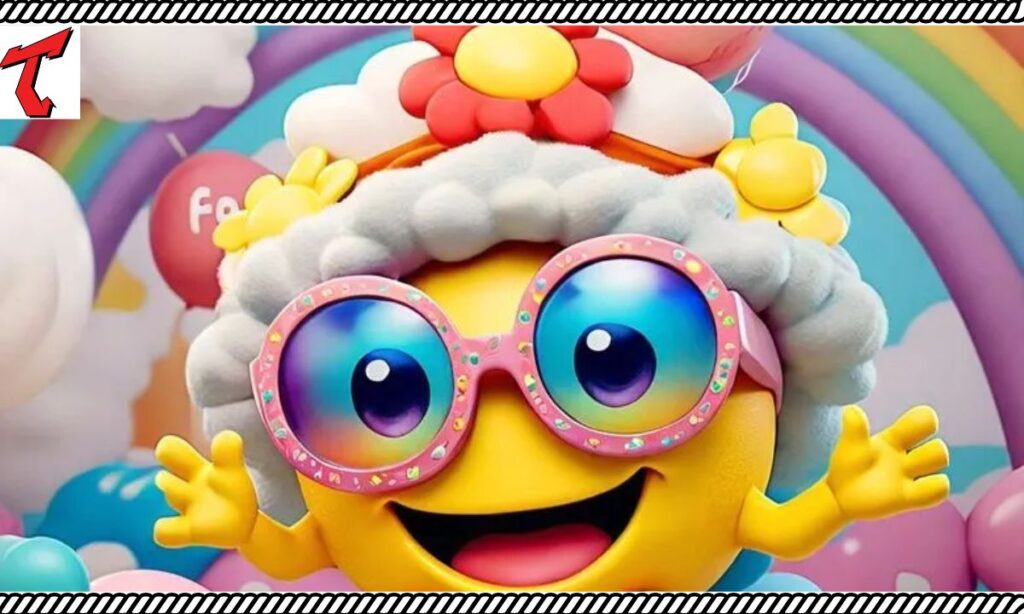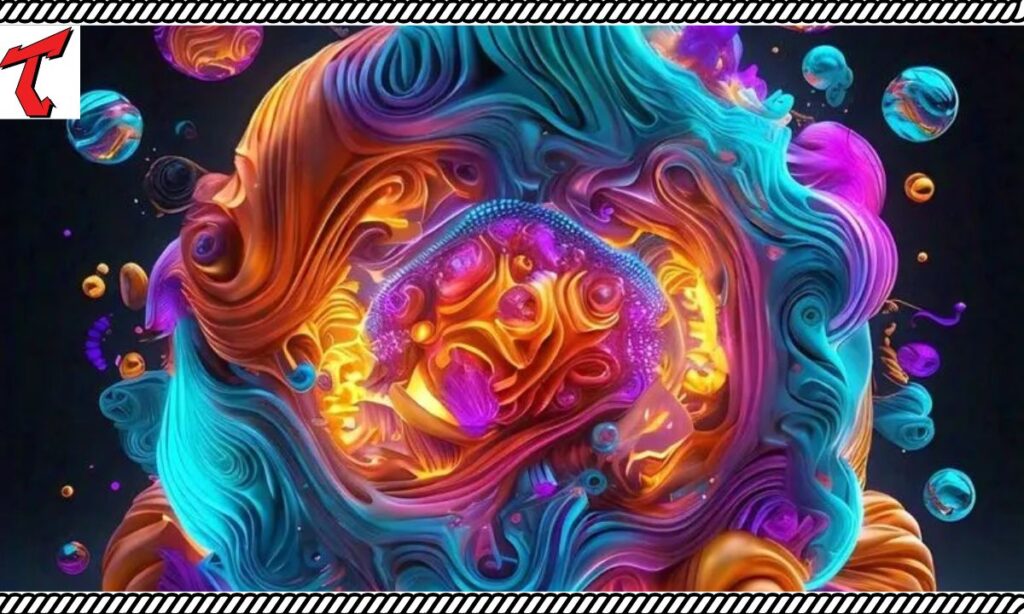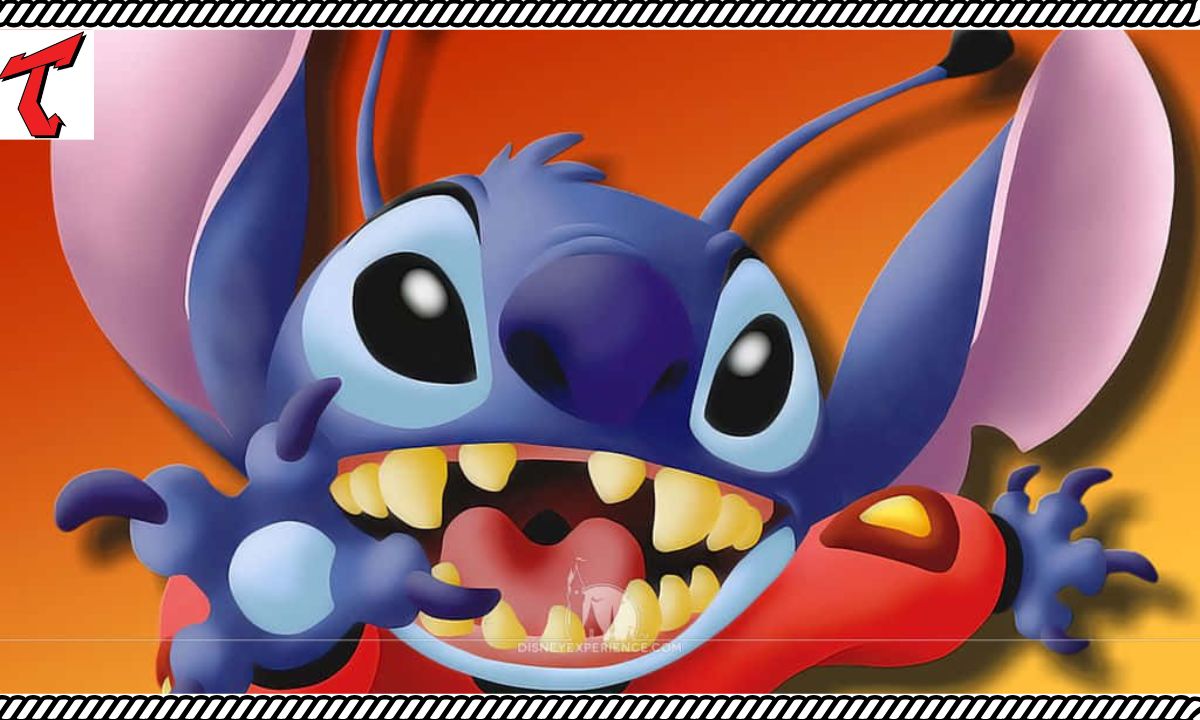Wallpaper stitching has evolved significantly with the advent of technology. This transformation has introduced innovative designs and customization options. Digital tools now enhance creativity and efficiency in wallpaper production. As a result, the world of interior design is more vibrant and accessible than ever before.
The History of Wallpaper Stitching
The history of wallpaper stitching dates back to ancient civilizations. Early wall coverings were made from natural materials like animal skins and woven textiles. These coverings served practical purposes, providing insulation and decoration.
In medieval Europe, tapestries became popular. Artisans created intricate designs, often depicting historical or mythological scenes. These hand-stitched pieces were highly valued and showcased the skill of the craftsmen. The 19th century brought mechanization, making wallpaper more affordable and widely available.
The Evolution of Wallpaper Stitching
As time progressed, wallpaper stitching evolved significantly. The introduction of mechanized printing allowed for mass production. This made wallpaper accessible to a broader audience, moving away from exclusive hand-stitched designs.
Today, technology plays a crucial role in wallpaper design. Digital tools and software have transformed the creative process. Designers can now produce complex patterns efficiently, allowing for greater variety and customization. This evolution reflects a blend of tradition and modernity in the wallpaper industry.
The Design Elements That Define Wallpaper Stitch
Wallpaper design incorporates several essential elements. Color is one of the most impactful aspects. It can set the mood of a space, energizing or calming a room. Designers carefully select colors based on themes and personal preferences.
Texture is another key element in wallpaper design. It adds depth and visual interest. Textured wallpapers can mimic natural materials, enhancing the tactile experience of a space. Patterns also play a critical role, ranging from simple geometric shapes to intricate florals. Patterns can unify a room or serve as a statement piece, reflecting the homeowner’s style.
Technical Aspects Behind the Creation of Wallpaper Stitch

Creating modern wallpaper involves various technical processes. Understanding these processes enhances appreciation for the final product. One significant advancement is digital printing, which has revolutionized wallpaper production.
Digital printing enables high-quality designs with incredible detail. This method captures every nuance of a design, allowing for vibrant colors and intricate patterns. Additionally, it supports on-demand production. This minimizes waste and allows for customization, catering to individual tastes and preferences.
CAD Software
Computer-aided design (CAD) software is essential for modern wallpaper designers. It allows for the creation of detailed and accurate patterns. Designers can experiment with various shapes, colors, and textures.
CAD software also streamlines the design process. Designers can make quick adjustments and visualize the final product before production. This efficiency fosters creativity and encourages designers to explore new concepts in wallpaper design.
Versatile Applications of Wallpaper Stitch
Wallpaper stitch has versatile applications beyond traditional uses. In residential spaces, wallpaper can define rooms and add personality. Custom designs help create unique environments tailored to individual tastes.
In commercial settings, wallpaper plays a crucial role in branding. Businesses use wallpaper to create cohesive looks in offices and retail spaces. Event decor is another area where wallpaper shines. It can transform spaces for weddings, parties, and exhibitions. Temporary wallpaper options provide flexibility for changing themes.
Digital Printing
Digital printing is one of the most transformative advancements in wallpaper technology. This method allows for high-quality, detailed designs that were not possible before. Designers can create vibrant patterns with incredible precision.
Moreover, digital printing supports on-demand production. This minimizes waste and enables customization. Homeowners can order custom wallpaper that reflects their personal style. This flexibility enhances design possibilities while promoting sustainability.
Read This Blog: Wdroyo Insurance TCNEVS: Understanding the Key Coverage Options
CAD Software
CAD software has become indispensable for modern wallpaper designers. It allows for the creation of intricate patterns with precision. Designers can experiment with various elements, facilitating creativity in the design process.
Additionally, CAD software streamlines the workflow. It enables quick adjustments and testing of variations. Designers can visualize the final product before it goes into production, ensuring a more efficient design process.
3D Printing

3D printing introduces a new dimension to wallpaper design. Unlike traditional flat wallpaper, 3D-printed wallpaper can feature raised patterns and textures. This technology adds tactile qualities that enhance the visual interest of walls.
With 3D printing, designers can experiment with a variety of materials. They can create wallpapers that mimic natural textures like wood or stone. This opens up new avenues for creative expression in interior design.
Augmented Reality
Augmented reality (AR) is changing how consumers experience wallpaper design. AR technology allows users to preview how wallpaper will look in their own spaces before making a purchase. By using a smartphone or tablet, users can superimpose digital wallpaper designs onto their walls.
This interactive experience enhances the shopping process. Customers can experiment with different designs and colors in real-time. AR also benefits designers and retailers by reducing the need for physical samples, streamlining the sales process.
Read This Blog: How to Use Cute:jm6bm498eus= Wallpapers to Enhance Your Digital Space?
Sustainable Innovations
Sustainability is becoming increasingly important in wallpaper production. The industry is adopting eco-friendly practices to meet consumer demand for greener products. Many companies are now using biodegradable materials, which help reduce environmental impact.
Water-based inks are also gaining popularity. These inks are less harmful than traditional solvent-based inks. This shift contributes to healthier indoor air quality and a more sustainable manufacturing process.
The Future of Wallpaper Stitching

The future of wallpaper stitching is promising and filled with potential. As technology continues to advance, we can expect even more innovative designs. Artificial intelligence (AI) could play a significant role in wallpaper design. AI can analyze trends and preferences, creating customized patterns that match individual tastes.
Advancements in materials science will likely lead to new wallpaper substrates. Smart wallpapers with embedded technology could offer interactive elements. Imagine wallpapers that change colors or patterns in response to environmental factors. The future of wallpaper stitching holds exciting possibilities.
Frequently Asked Questions
What is wallpaper stitching?
Wallpaper stitching refers to the process of creating wallpaper designs, traditionally by hand and now increasingly through digital methods.
How has technology impacted wallpaper design?
Technology has made wallpaper design more precise, efficient, and accessible. Digital printing and CAD software allow for complex patterns and customization.
What are the benefits of digital printing?
Digital printing offers high-quality designs with minimal waste. It allows for on-demand production and customization.
Can I see how wallpaper looks in my space before buying?
Yes, augmented reality technology lets you visualize wallpaper designs in your own space before making a purchase.
What sustainable practices are used in wallpaper production?
Sustainable practices include using eco-friendly materials, water-based inks, and on-demand production methods to reduce waste.
Conclusion
Wallpaper stitching has undergone significant transformations throughout history. The integration of technology has revolutionized the industry. Digital printing, CAD software, and 3D printing are reshaping how wallpaper is designed and produced.
Sustainability is also a growing focus, with eco-friendly practices becoming the norm. As we look ahead, the potential for innovation and personalization in wallpaper design is vast. The future of wallpaper stitching is bright, promising a new chapter in this timeless craft.

Brook is an experienced content writer and digital marketer, skilled in creating SEO-friendly content that resonates with audiences. He helps brands enhance their online presence through targeted campaigns, with expertise in blog writing, social media management, email marketing, and SEO optimization.





